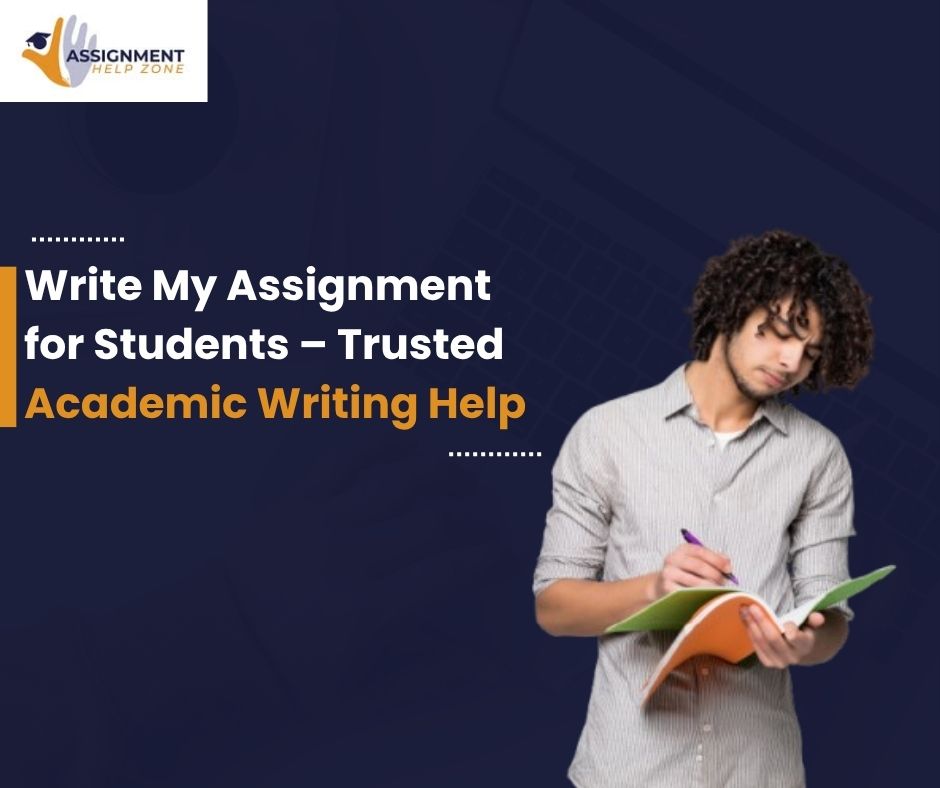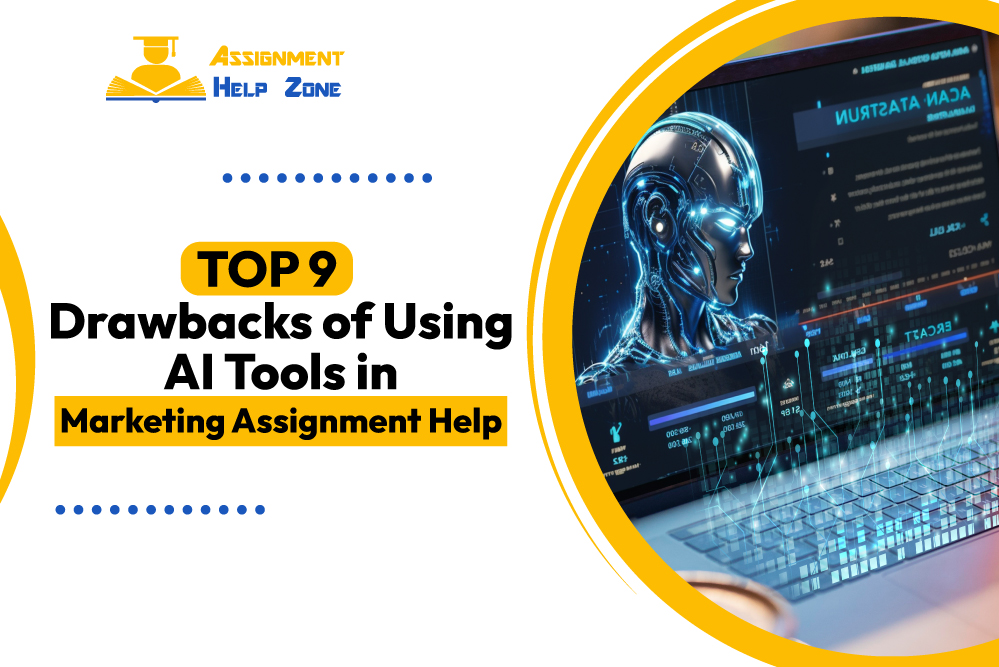As ChatGPT goes on to shape education, schools are embracing new ways to identify AI-generated work. In 2025, a number of methods are being used to uphold academic integrity. One of the most popular methods is analysing writing patterns. Since AI-generated text often lacks the nuance and mistakes typical of human writing, schools use advanced algorithms to spot unusual fluency or consistency in writing style. In the meantime, if you require any kind of help in relation to AI and GPT, you can always seek write my assignment from qualified professional writers.
Another technique is the use of AI-detection software, which searches for text for evidence of machine-generated content. Such programs cross-match submissions with AI databases to look for similarities. Educators are also relying more heavily on oral exams and assignments during class to make sure the student has knowledge in the moment.
In addition, instructors are facilitating creativity and critical thinking, allowing the students to engage thoroughly with the work. While technology is improving, schools also keep an eye on the improvements, utilising the right combination of tools and tactics to make students’ learning genuine in today’s digital era.
With AI making waves across sectors, its biggest impact has come in the area of education. Tools such as ChatGPT, a sophisticated language model created by OpenAI, are now common for use in academics. In 2025, schools have an increasing challenge, so while they confront those challenges, they think like, Can universities detect ChatGPT? How do universities identify AI-generated material so that students aren’t cheating on assignments or exams using ChatGPT or other AI programs?
Well, in this blog, we will investigate the ways that schools are embracing to identify AI-generated content, looking at the technological and pedagogical measures. Besides that, you will learn the response to the query: Can universities identify Chat GPT?
The Rise of ChatGPT and AI in Education
How can universities detect ChatGpt? Understanding the use of detection methods calls for a crucial consideration of why AI is so widely used nowadays in education. The capacity of ChatGPT and other available AI tools is already well known: they can produce very believable text content, in many cases, as if it were written by a person. With this facility, most students can generate essays or solve problems or simply help generate ideas within a few minutes. For many, it’s a convenient way to enhance productivity.
But its use is also of concern regarding cheating, plagiarism, and the decline of critical thinking. Some students might be tempted to use ChatGPT to do assignments without reading the material themselves, sabotaging the learning process. With the technology advancing, it becomes harder for educators and administrators to tell the difference between AI-created and student-created content.
AI Detection Software: Scanning for Machine-Like Patterns
If you are a student, you may have thoughts like, How do universities detect ChatGPT? Or can the university tell if I use ChatGpt? Well, you will soon find out your answer. You must know that one of the most common methods schools are using to detect ChatGPT-generated content is specialised AI-detection software. These tools analyse text for specific patterns that are indicative of machine-generated writing. Several factors are taken into account during this analysis:
Writing Style and Fluency
ChatGPT tends to produce highly fluent, grammatically perfect sentences. Although this is an indication of good writing, it also renders AI writing conspicuous. Human writing tends to be inconsistent, erroneous, or slightly deviant from a flawlessly polished tone. Detection software seeks out these inconsistencies in the tone.
Overuse of Certain Phrases or Structures
AI tends to use generic phrases and sentence structures in order to create text. These may be clichéd transitions such as “in conclusion” or redundant sentence forms that are rare in human writing. Detection tools can recognise these patterns, marking them as possible indicators of AI use.
Lack of Personal Experience or Creativity
One of the most unique aspects of human writing is the capacity to express personal experience, creativity, and feeling. AI writing, while informative and readable, can fall short of these personal elements. Detection software looks for a lack of authentic insight or original thinking in the text.
Statistical Analysis
Other AI-detection tools utilise statistical techniques to recognise abnormal word selection or sentence constructions that don’t match typical human writing. Comparing text to huge repositories of human-authored content, the tools can analyse whether the words match what would be written by a human.
They also feature popular detection applications like Turnitin’s AI writer detector, GPTZero, and several more that can now be applied within classrooms to review assignments. Those applications aren’t perfect but bring a noticeable jump in efforts for academic honesty.
Training Educators to Spot AI Writing
Though software that detects AI is important, teachers must also be trained to identify the red flags of manually generated AI work. Teachers frequently use their intuition, experience, and familiarity with students’ writing patterns to find discrepancies in the work submitted.
Here are some ways teachers can spot AI-generated content:
Inconsistent Tone or Voice
Students typically have a particular writing voice or tone. If a student’s work reads quite differently from what they normally write, it might be suspicious. AI topic writing will sound overly formal, or it will not sound like the student’s personality or typical writing style.
Absence of Common Mistakes
Human writing usually consists of spelling mistakes, grammatical errors, or trivial inconsistencies. An error-free essay, particularly if it’s not the student’s usual output, might be an indication of cheating. ChatGPT prefers writing clean and smooth text with fewer errors made by human writers.
Lack of Depth or Specificity
Although AI can produce remarkably cohesive writing, it tends to be lacking in nuance in those places where nuance is needed, detailed explanation is necessary, or personal thought is desirable. If an assignment contains shallow writing or lacks uniqueness of insight, it may be AI-written.
Questions During Oral Examinations
Can universities detect AI? Well, teachers are now more frequently resorting to oral testing or interviewing to determine a student’s comprehension. In the course of these tests, students can be required to justify their thought process or respond to particular questions related to what they have written. If a student is unable to describe their work in detail or offer insights beyond the written words on paper, then it might be a sign that work was written by AI.
Encouraging Critical Thinking and Personal Engagement
One of the most important ways schools are fighting back against AI-generated material is by placing more emphasis on testing that encourages critical thinking and personal involvement. Under old educational models, students frequently use written reports or essays as a primary method of assessment. But with the advent of AI, this practice has come into question.
In response, numerous schools are turning to more interactive and dynamic types of assessment.
Oral Presentations
Rather than having to depend only on written work, schools are now adding oral presentations, where the students will have to verbally articulate their thoughts and support their argument. This is much more actively engaging and makes it significantly more difficult for students to depend on AI software.
Classroom Discussions
On some occasions, instructors are encouraging larger class discussions where the students need to express themselves and demonstrate an in-depth understanding of the content. This helps the instructor evaluate a student’s critical thinking capability and their power to apply information right away.
Collaborative Projects
Group work and collaborative projects are encouraged to gauge whether the students can collaborate and use their knowledge practically. Collaborative learning enables teachers to judge the individual contribution of each student and authenticate that the work is a product of personal effort.
Through these interactive approaches, schools are building a learning environment in which AI tools are utilised as add-ons and not substitutes for critical thinking.
Ethical Considerations and the Role of AI in Education
With increasingly advanced AI detection software being created, there needs to be thought about the ethics of AI within education. Preserving academic integrity is something that can be respected, but technology should not be demonised in the process. If used ethically and responsibly, AI can be the most powerful learning assistant.
Teachers need to motivate students for responsible use of AI and at the same time learn critical thinking and problem-solving for their growth. Therefore, schools should teach the responsible use of AI and how pupils can incorporate AI tools in their studies without compromising content.
In addition, schools need to be careful regarding privacy issues. AI-detection software tends to ask students’ assignments to be uploaded to databases for analysis, which poses the issue of data security and potential misuse of individual information.
Looking Toward the Future of AI Detection in Schools
As we progress even deeper into 2025 and beyond, detection methods for AI-generated content will continue to grow and change. AI applications such as ChatGPT are improving constantly, and it is harder and harder to find AI-generated content using age-old methods. But that very challenge spurs innovation in detection methods for AI.
In the future, schools might use even more sophisticated detection software that incorporates machine learning algorithms to enhance the precision of AI detection. These software programs can detect subtle patterns in language and stylistic tendencies typical of particular AI models.
In addition, teachers can place more emphasis on developing a culture of academic integrity, highlighting the value of integrity in the digital era. While AI is going to be part of the education system, there is a need to educate the students on how to use AI as a means of learning instead of employing it as a method of avoiding authentic intellectual effort.
Conclusion
In 2025, the issue of identifying AI-generated content in schools will be a complex one. Schools are using combinations of AI-detection software, teacher judgment, and creative test methods to ensure students are actually reading the stuff and demonstrating an understanding.
As technology advances, the solution to this problem is to create an educational culture that promotes critical thinking, creativity, and active engagement. With the incorporation of AI tools such as ChatGPT in the learning process, schools need to be ahead of the curve and keep their interest in academic integrity while equipping students with the skills of the future to use AI for ethical and responsible purposes.


